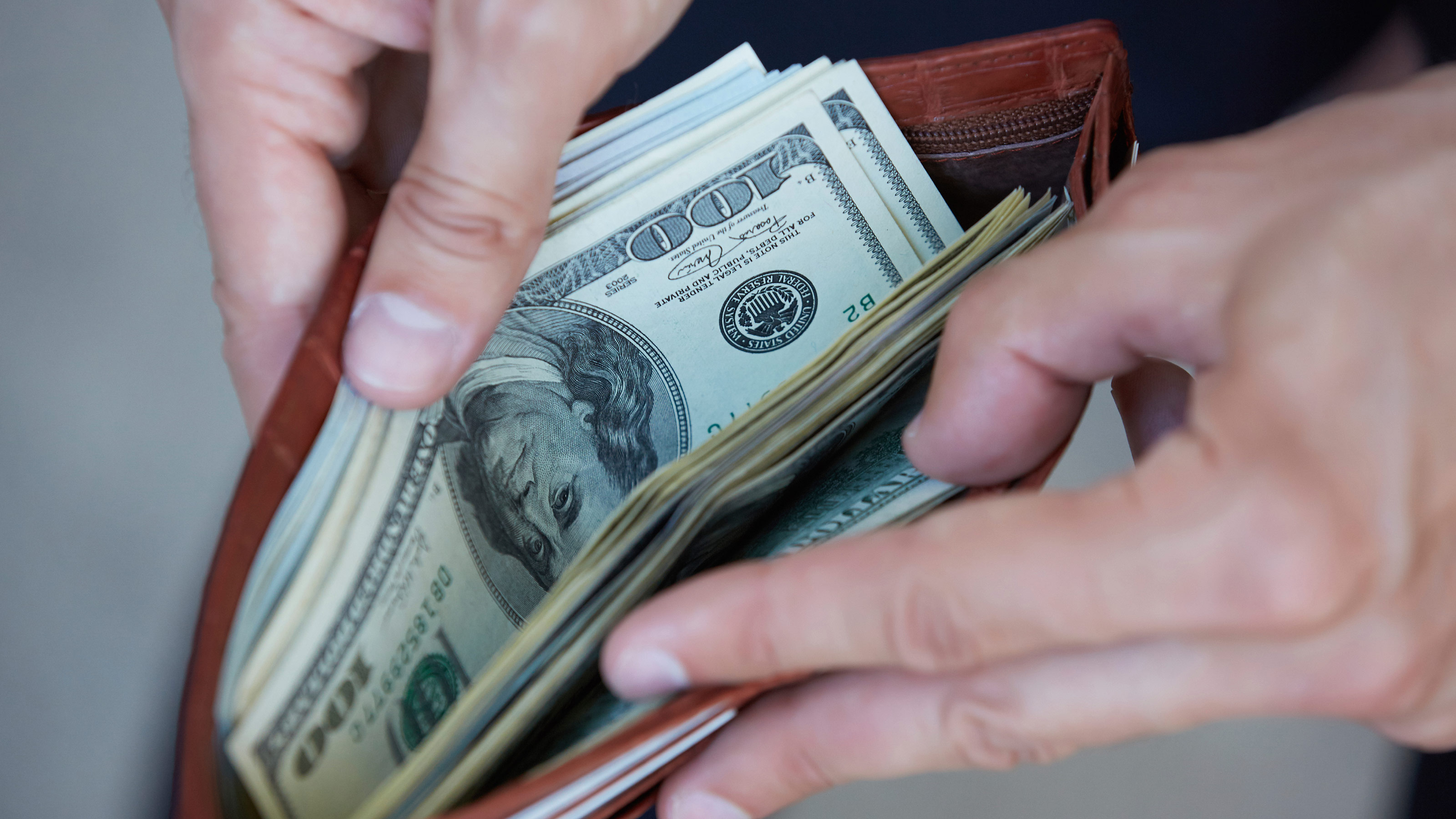Aircraft Property Tax California - Property taxes are one of the largest sources of revenue for state and local governments, accounting for 31.5 percent of total US state and federal tax collections in fiscal year 2016.[1 ] The majority of income tax is paid to local governments, and residents rely on property taxes to fund public services such as public education, which accounts for 72 percent of all taxes. region in fiscal year 2016.[2]
The state and local tax base is important, because property taxes influence business investment decisions and where people decide to live. While most people are familiar with residential property taxes on land and buildings, also known as real estate taxes, some states also levy personal property taxes (TPP) on real estate. by individuals and businesses.
Aircraft Property Tax California

Personal property (TPP) is property that can be moved or touched, and often includes things like business equipment, furniture, and cars. This is compared to intangible personal property, which includes stocks, bonds, and intellectual property such as copyrights and patents.
Reliable Robotics Builds Self Flying Planes To Move Cargo, Eventually People
Taxes in the TPP are a small fraction of state and local tax collections, but create high enforcement costs, distort investment decisions, and are an outdated form of taxation. This paper describes the history and administration of personal income tax, examining how states have reformed their tax systems in the TPP over the past 10 years. It provides recommendations on how policymakers can reduce TPP tax burdens while recognizing that TPP taxes provide communities with the revenue they need, using previous state experiences as a guide. This gives states and local governments a way forward to remove TPP taxes from their long-term taxes.
In the United States, the tax on personal property is similar to the tax on real property. Wealth taxes were originally compared to a tax on wealth rather than the modern material tax, because the tax was less on personal property.[3]
Adunrun seeks to limit the property tax to real estate and other types of personal property, such as stock and machinery.[4] Individual property for personal use is excluded from the tax base on 20
Globally, countries have moved away from personal wealth taxation: in the 36 Organization for Economic Co-operation and Development (OECD) countries, only seven countries pay tax on personal wealth: Austria, France, Germany, the Netherlands, Japan, the United Kingdom, and the United States.[5]
The Great Air Race' Review: On A Wing And A Prayer
Over time, the US personal property tax base has been reduced as states have granted exemptions for many TPPs. For example, agriculture, manufacturing, and renewable energy industries are often exempt from the TPP tax. Many states offer exemptions for economic development if companies meet certain criteria, such as the number of new jobs created or the amount of investment in a region.
For example, Maryland allows local governments to provide loans for industrial expansion.[6] Similarly, Idaho allows states to opt out of the TPP as part of an investment of up to $500,000 in new industry over five years.[7]
Seven states (Delaware, Hawaii, Illinois, Iowa, New York, Ohio, and Pennsylvania) exempt the entire TPP from taxation, while five other states (Minnesota, New Hampshire, New Jersey, North Dakota, and South Dakota ) has exempted most of the TPP from taxation. except for selected high-value industries, such as public utilities or oil and natural gas producers.

Taxes in the TPP are collected by local governments, but are regulated at the state level. There are several different ways in which the TPP is taxed. Tax credits, tax credits, and exemptions are often established by the state, with jurisdictions choosing to pay the TPP tax within limits set by the state government. Twenty-three states allow localities to deduct taxes owed on the TPP, while 27 states do not offer this option (see Table 2 in the Appendix).
Faa Looking Into Ban On Leaded Airplane Fuel In Santa Clara County
The process for calculating and exempting the TPP tax is complex and varies by state. Businesses must first determine what property is eligible for tax, which varies by state, county, and territory. States often exempt personal use property from the TPP tax, instead focusing on business property.
Some states tax real estate such as cars, boats, and airplanes for personal use, because these assets are liquid products and avoid many administrative problems of accounting. personal possessions. For property that is not classified or exempt from the TPP tax base, the TPP tax liability is calculated by first determining the value of the property and multiplying by the assessment ratio for that property class. Appreciation shares generally reduce the amount of property taxes, lowering the tax liability.
The price percentages for TPP may be higher than the actual residential value. Fifteen states impose different assessment ratios for the TPP than the actual amount. This means that the TPP has a separate valuation unit for determining property value based on the property tax rate. States may impose different assessment ratios for different types of TPP. For example, South Carolina uses an assessment rate of 5 percent for farm machinery and equipment, compared to 10.5 percent for most other TPPs.
Take, for example, the weapons industry in New Mexico. The company must first determine whether it is subject to the TPP under the tax. New Mexico has a TPP tax incurred by a business that took a federal tax deduction in the previous tax year. So business equipment is taxable, unless it is used for an exempt purpose. If the company is the tenant of a new development property project, for example, the TPP can be suspended for seven years from the purchase.[9]
Plane Crashes While Trying To Return To Palo Alto Airport, Strikes Power Lines Before Going Down In Baylands
When a business determines its taxable value, it must include the value of the property. New Mexico assesses property by looking at the cost of acquiring the property, the value of the property if sold, and the current value of the income generated by the property.[10] For machinery and equipment, the cost method is often used.[11]
Real estate is depreciated using the straight-line method using the state's depreciation schedules.[12] The straight line method of depreciation is calculated by dividing the value of the property by the number of years it is expected to be used and subtracting that amount from the value of the property each year [13]. This amount is multiplied by the state assessment rate, set at 33.3 for all properties, to arrive at the property's tax value.[14]
The tax rate is increased by the millage, which is the applicable property tax rate. States may apply the same tax rate across personal real estate or levy different tax rates for different types of property. The imposition of different tax rates in the TPP is a way for local governments to raise revenue on non-residential properties and favor certain taxpayers.[15]

When calculating the TPP tax, taxpayers can reduce their liability through tax credits and deductions. TPP tax credits are often used to promote economic growth. In Maryland, for example, residents can provide a tax credit for new or expanded homes under certain conditions.[16] Abatement, which reduces the tax rate after it is assessed but before it is paid, is another way states and localities can reduce TPP tax burdens. Nevada uses exemptions for businesses operating in economic development areas, for example.[17]
Sun Air Solidifies Southern California Bases
Similar to the established limits for real estate, state governments have set limits on the growth of personal property taxes. Property taxes can be limited in three ways: assessment limits, tax limits, and price limits.[18]
The TPP tax is increased by an increase in the assessed value.[19] While real wealth often appreciates, personal wealth tends to decrease over time.[20] Therefore, the price limits do not apply to private property, because the property may not require a limitation on the growth of the selected property.
Personal property taxes may be subject to limits, which restrict the ability of states and local governments to raise tax rates above a fixed threshold or above the growth rate. This includes the growth of income from personal property taxes through increased tax rates. Price limits for TPP are general and often defined by law at the state level.
The tax rate limits the amount of money collected from property taxes. The tax rate can be applied to real estate and personal property. In Washington, state law limits taxes on real and personal property to 1 percent of total property value unless voters approve a higher percentage.[21]
U.s. Forest Service Airtanker Scandal
Property taxes are based on the principle of interest and are economically efficient when placed on real property.[22] Property taxes provide state and local government services, and they are different types of taxes. The real estate tax base includes land, which generates rental income and is a viable source of income.
Landlords cannot move their land to avoid taxes and must pay the amount of tax imposed on the land. Taxes are also imposed on buildings and other improvements on the land, based on the objective of improving and building wealth; Evidence shows that property taxes are an important factor in making a business decision.[23]
Physical contact

Pay property tax california, california property tax, property tax exemption california, property tax deduction california, reassess property tax california, property tax reduction california, california property tax search, property tax relief california, property tax information california, california property tax rates, aircraft property tax, california property tax lien

0 Comments